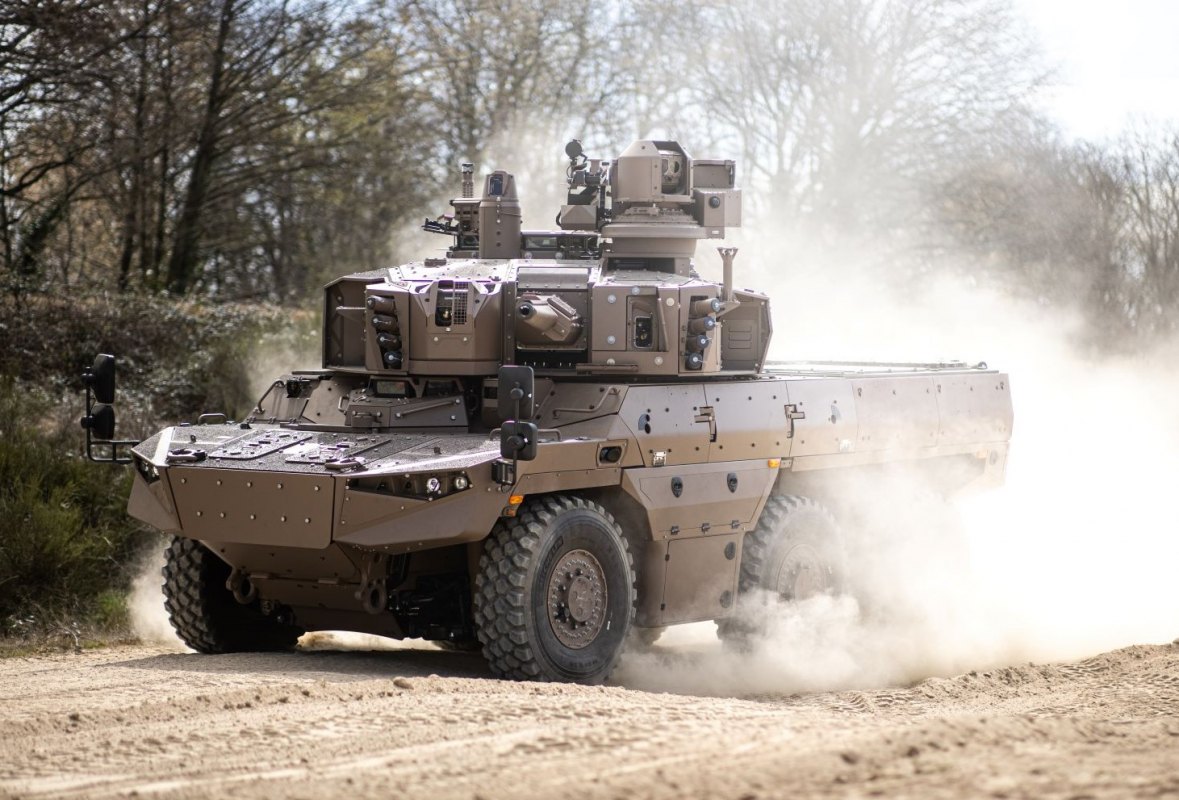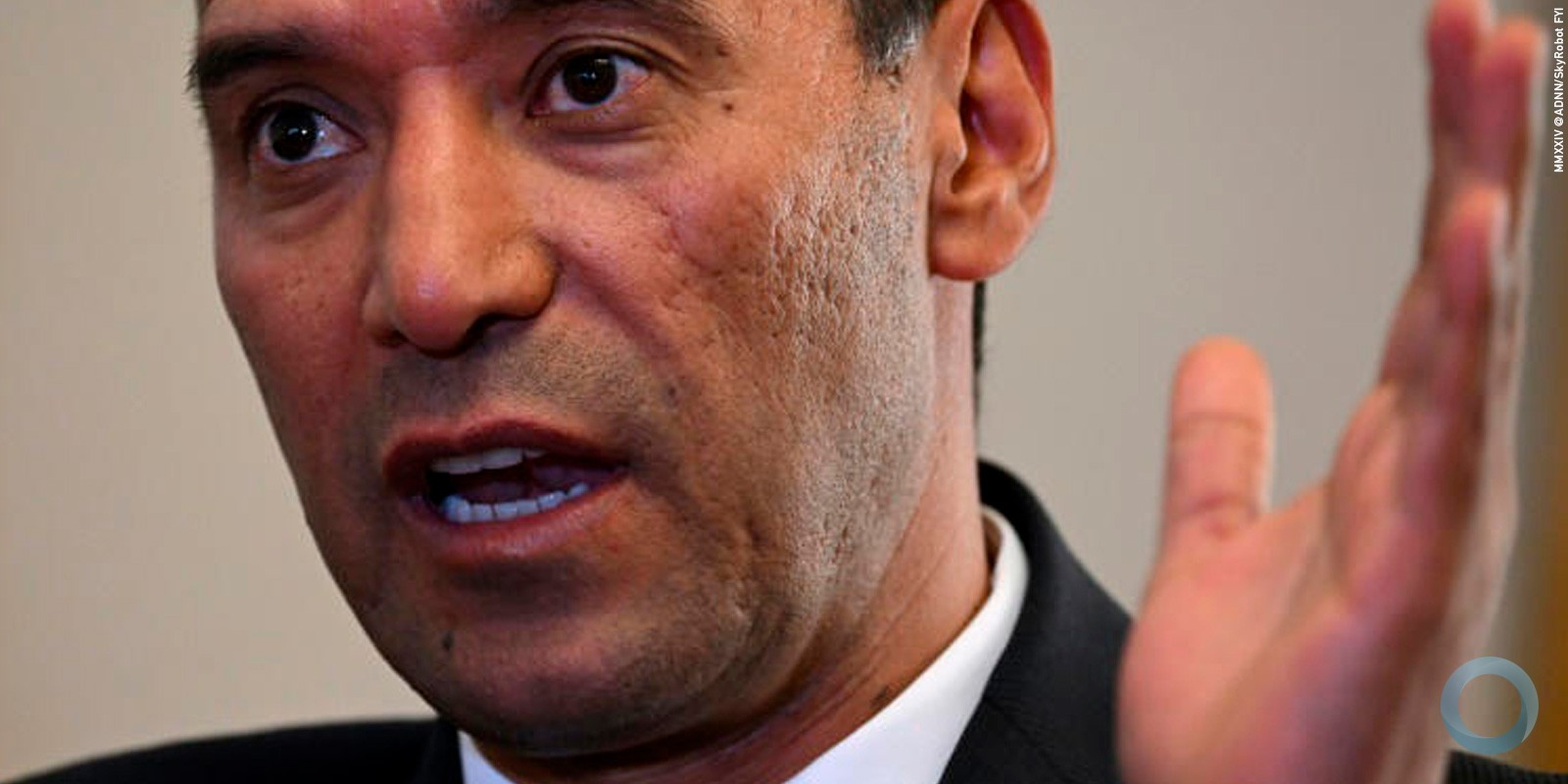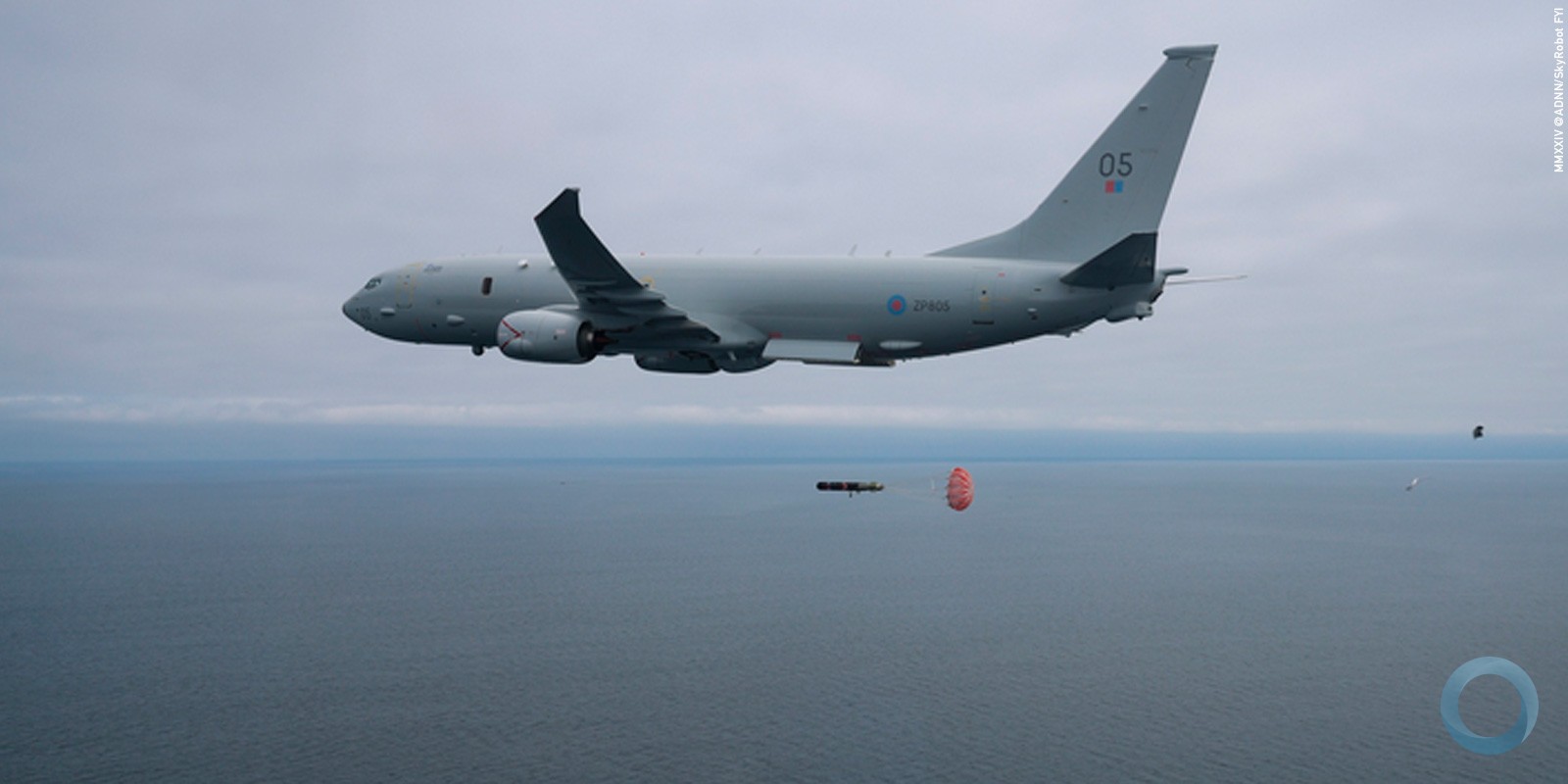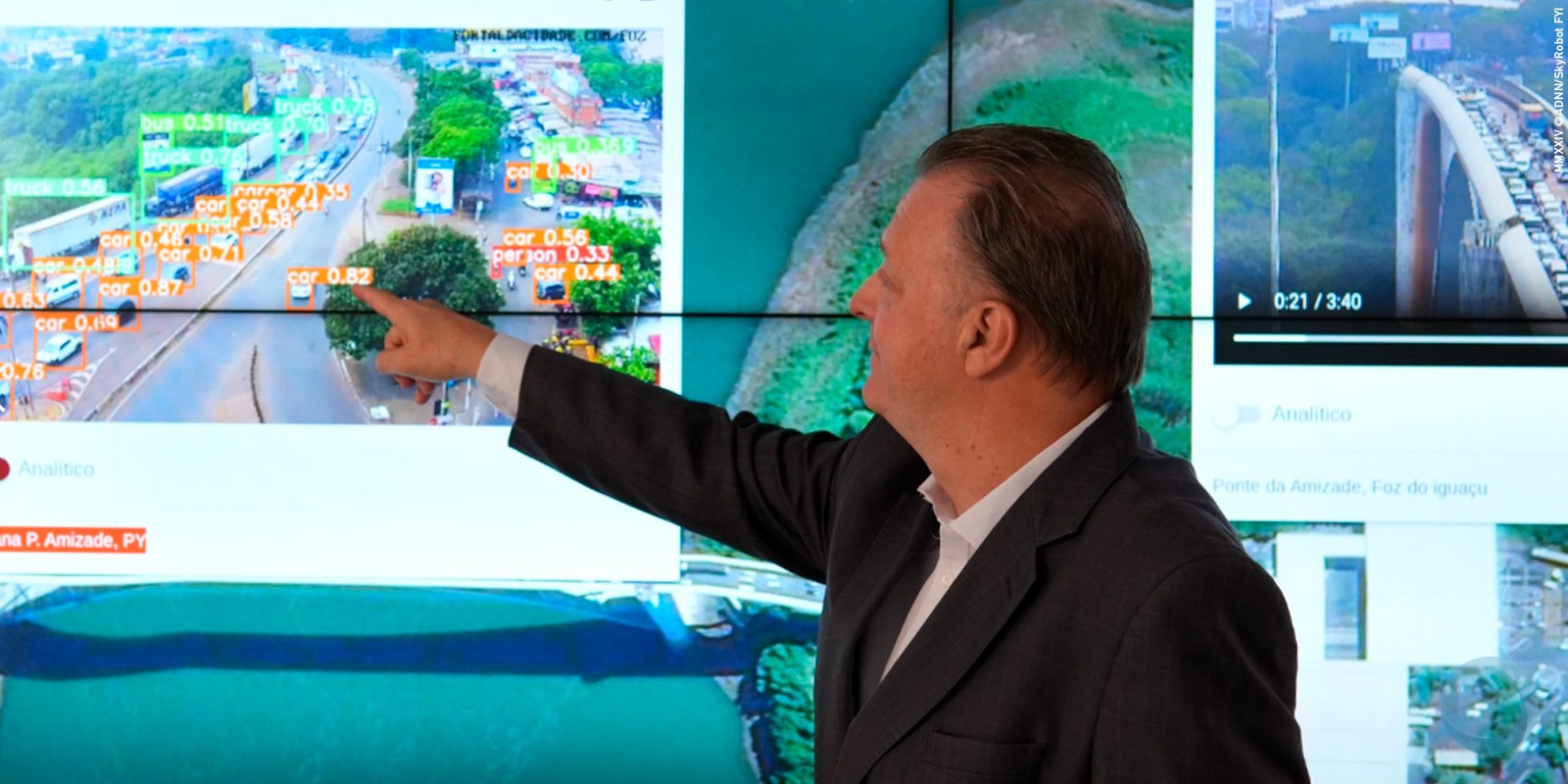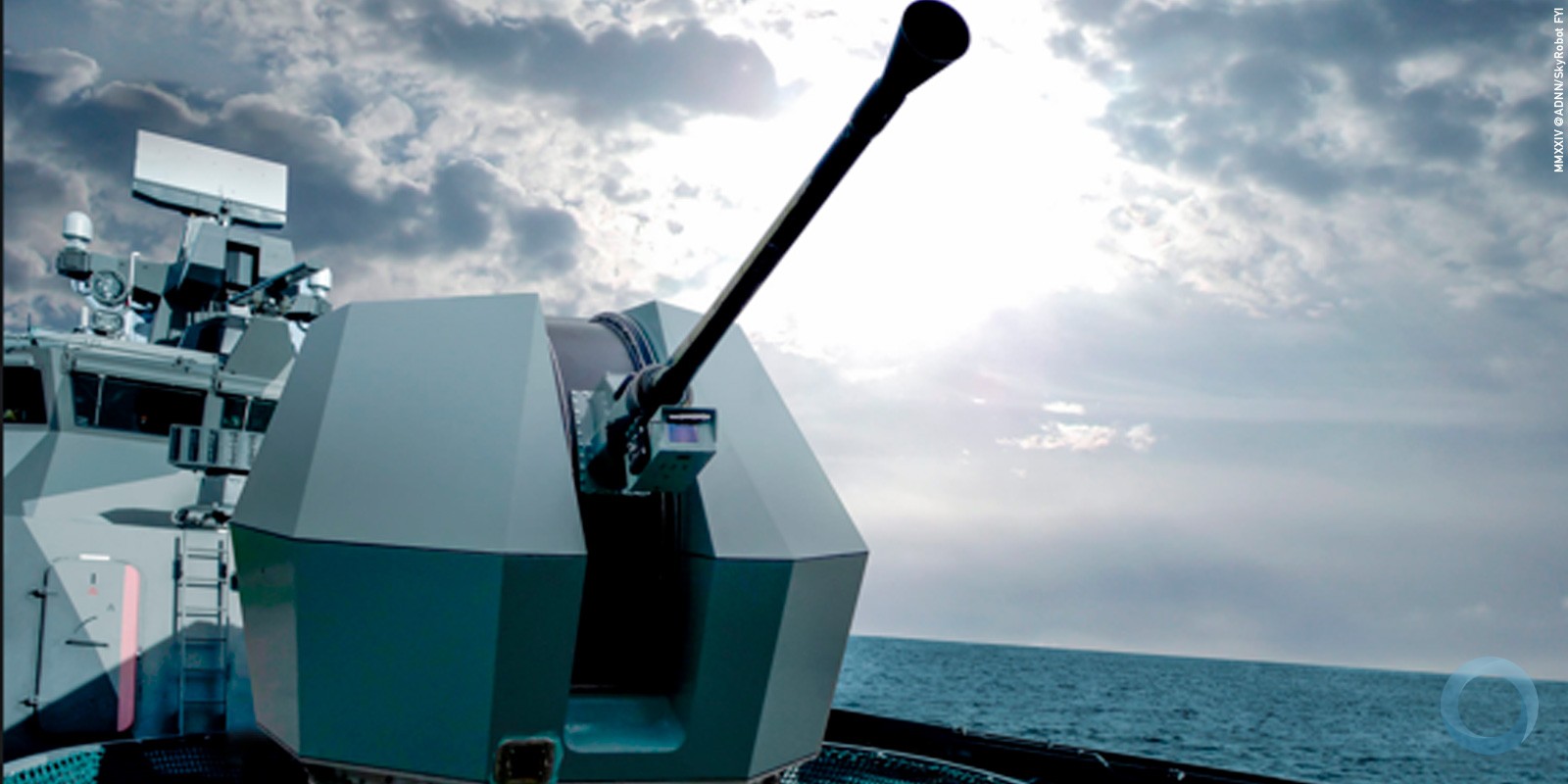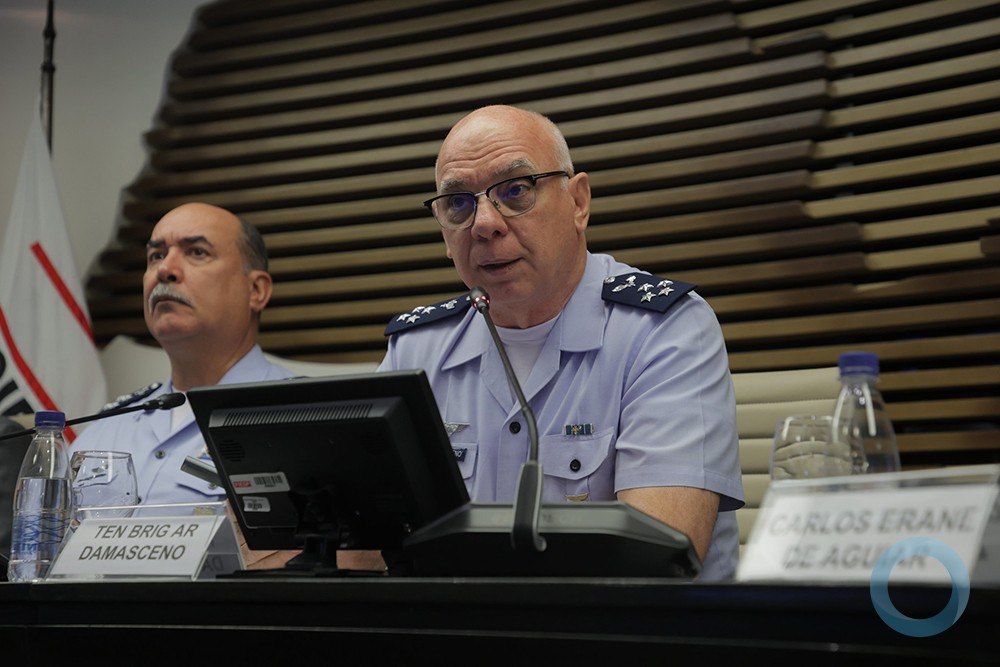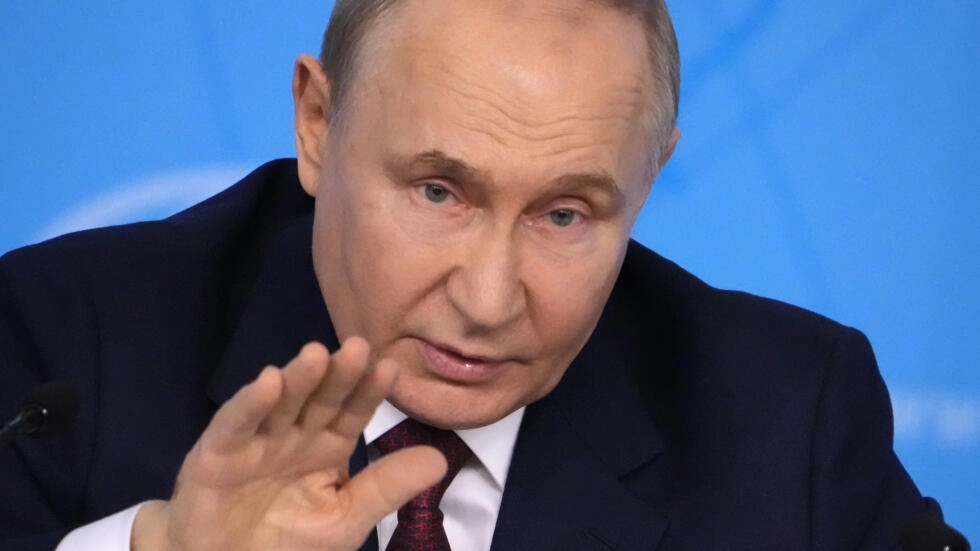Yolima Dussán
The inclusion of 35 female Non-Commissioned Officers (NCO) in the Colombian Army’s weapons training course is yet another example of the process of expanding female participation in all national defense and sovereignty activities, a process that is underway in the Colombian Armed Forces. The course, which is scheduled to begin in March, is the 100th course taught at Inocencio Chincá NCO Academy, located at Fort Tolemaida, and the first to enroll women.
This is one more rung in the audacious plan set in motion by Colombia’s Ministry of Defense, Armed Forces, and National Police, which changed their regulations to enable women to integrate into public security forces, attaining any rank in the military or police — even the rank of general — by actively participating in opportunities that include command operations and leading troops.
History and indicators
The outlook has changed remarkably since 1976, when the Colombian Army authorized the admission of women into the military chain of command, under the classification of administrative officers. As of December 31, 2016, 3,838 women serve in the Colombian Armed Forces: 1,515 female officers and NCOs in the Army, 780 in the Navy, and 1,038 in the Air Force, according to data provided by the Ministry of Defense. Its latest figure for male service members is 232,843.
The National Police, an organization also committed to gender equity, listed 13,461 women among its ranks, which represents 9 percent of a staff that also includes 140,460 men.
For more than 40 years, the so-called “weaker sex” was only allowed to perform administrative duties in the service branches, in areas such as medicine, dentistry, bacteriology, architecture, law, accounting, communications, educational sciences, and business administration. It was not until 2009 that the Army admitted the first 62 female officers in order to establish its policy of gender equity.
“Today the Army has two female brigadier generals and three female sergeant majors who have paved the way for women in the lower ranks, and those who dream of wearing the uniform are now following in their footsteps as new opportunities for participation have been created where women can show their strengths and abilities,” General Alberto José Mejía Ferrero, commander of the Colombian Army, told Diálogo.
“Including more women is a strategic part of the transformation towards the Army of the future as a multi-mission army,” he added.
In July 2016, the Army created the first Colombian Army Office of Gender to align its institutional policies with national and international agendas on gender equity, differential focus, and the prevention of gender-based violence.
“The management done by women inside the Colombian Army has been widely acclaimed not only in Colombia but internationally as being the first such measure in the military arena, not to mention other professional fields, such as sports, and this shows their ability to fully integrate themselves into the military professions,” Gen. Mejía told Diálogo.
First office of gender
Heading the first Office of Gender is Colonel María Cristina Barrios Jiménez, a distinguished officer who is an example of women’s progress. With a 24-year military career, Col. Barrios knows that her path from Chief of Aviation Psychology in the Army Air Brigade to Chief of Military Psychology, and now General Chief of Staff, is seen as a model of female performance within the armed forces.
“We live in a chauvinist society. Breaking away from the attitudes that men have traditionally held towards women, seeing women as standing apart from military careers, has been the most complicated aspect. Men are starting to understand that female inclusion benefits the outcome of operations in which the balance that a woman contributes can make the difference,” she told Diálogo.
Lieutenant Claudia Martínez, coordinator of the Office of Gender, explained that her office is working on developing new strategies and policies directed at progressively and concretely including gender equity.
“This office’s fundamental purpose is to foster a mentality of inclusiveness; to be a tool for bringing visibility to female inclusion so that it increases. Women are highly competent but there is disbelief about that. This is something that we need to fight against, getting the word out about every achievement,” she said.
The process of inclusion
But what are the factors that led to changing the history of women in military life? Colonel Carlos Alfredo Castro Pinzón, dean of the School of Social Sciences at General José María Córdova Military Academy (ESMIC, per its Spanish acronym), where 29 women are training in military science and 19 other in other professions, says that this opening was an obvious stage of development in the military. “The spaces that women have claimed for themselves in civil society must also be ceded to them within the military. The world has changed. Women have shown their ability to fulfill more roles in society, and that is something that also needed to take place within the military and police institutions.”
Col. Castro, who commands a cadet battalion of 100 women, says that because of their commitment, conduct, and performance, women have created a type of education and training in which there is no gender difference. “At the ESMIC, women and men do the same physical training, firing exercises, basic weapons courses, and advanced combat courses,” he said.
“In the high command, they are evaluating opening new spaces for women in order for them to be able to join artillery divisions. For that to happen, we established the Gender Equity, Security, and Public Security Forces Observatory,” he noted.
The first of its kind in Colombia and the second such organization in Latin America, this observatory already up and running for seven years fills an investigative need stemming from the various situations that arise from the presence of women in an institution that has been male-dominated for 102 years.
“The observatory is a model that is to be applied in other security forces, and it tends to position itself as a consultative center on issues of importance to the service branches,” Col. Castro said.
Colombian security forces are moving ahead with a process based on women’s participation, a process in which “what we are seeking is to someday reach the levels of female inclusion that countries like the United States and Israel have achieved,” Col. Castro concluded.






